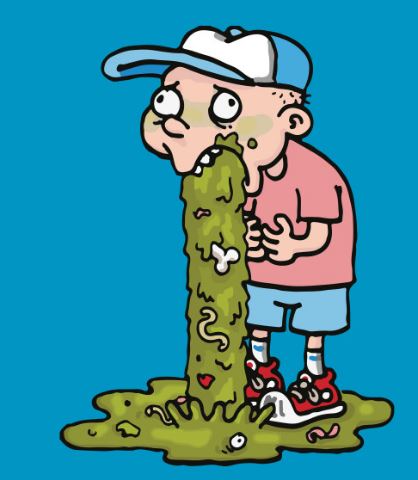00bolt
New member
- Joined
- Sep 6, 2019
- Messages
- 3
- Reaction score
- 0
- Location
- Texas
- My Car
- 1971 Mustang Mach 1
[url=https://ibb.co/JyXVcBq][img]https://i.ibb.co/dLnFfWt/15-FE10-EF-4482-4-CE1-9-BAA-DDFDF78677-F5.jpg[/img][/url]
Hi all. New member here. Turned 40 years old last week and bought my first ever muscle/classic car project. I’ve been wanting to do this since I was a teenager but never had the means.
This week I bought a 1971 Mustang Mach 1. Previous owner did a lot of the body work and gave up on the project. Windshield, fuel tank, panels, trunk etc all replaced. Car runs and drives but needs restoration. Mostly the interior is trashed. But here’s my plans and my questions
I’d like to get he car as close to original stock as possible (except I’d like to cha he the interior from red to black). I think initially I want to just get everything cleaned up, engine bay painted and motor painted pretty, underside painted, interior redone etc. I don’t expect it to be a $100k show car. But I do want it done to the best of my ability and somewhat limited finances.
So here’s my main question. Whenever I get to the engine work. I do want to beef it up a little. Add a little HP. However, my car was an original 351 2v per Marti report. But it doesn’t specify if it was Cleveland or Windsor.
Well.... my car has a 351w in it and the previous owner swears it’s the original motor. But I’m finding conflicting results when I search. Some say these 71-73 stands never had a Windsor at all. And others say there were rare instances when a Windsor was used. Specifically early production 71 models (mine was produced 11/1970). So my production date would support that theory if it’s fact.
So before I dig into the Windsor and build it up and paint it. I want to know for a fact if it’s original. If it’s not, I’d rather replace with a Cleveland.
Anyone have any ideas??




This week I bought a 1971 Mustang Mach 1. Previous owner did a lot of the body work and gave up on the project. Windshield, fuel tank, panels, trunk etc all replaced. Car runs and drives but needs restoration. Mostly the interior is trashed. But here’s my plans and my questions
I’d like to get he car as close to original stock as possible (except I’d like to cha he the interior from red to black). I think initially I want to just get everything cleaned up, engine bay painted and motor painted pretty, underside painted, interior redone etc. I don’t expect it to be a $100k show car. But I do want it done to the best of my ability and somewhat limited finances.
So here’s my main question. Whenever I get to the engine work. I do want to beef it up a little. Add a little HP. However, my car was an original 351 2v per Marti report. But it doesn’t specify if it was Cleveland or Windsor.
Well.... my car has a 351w in it and the previous owner swears it’s the original motor. But I’m finding conflicting results when I search. Some say these 71-73 stands never had a Windsor at all. And others say there were rare instances when a Windsor was used. Specifically early production 71 models (mine was produced 11/1970). So my production date would support that theory if it’s fact.
So before I dig into the Windsor and build it up and paint it. I want to know for a fact if it’s original. If it’s not, I’d rather replace with a Cleveland.
Anyone have any ideas??




Last edited by a moderator:






